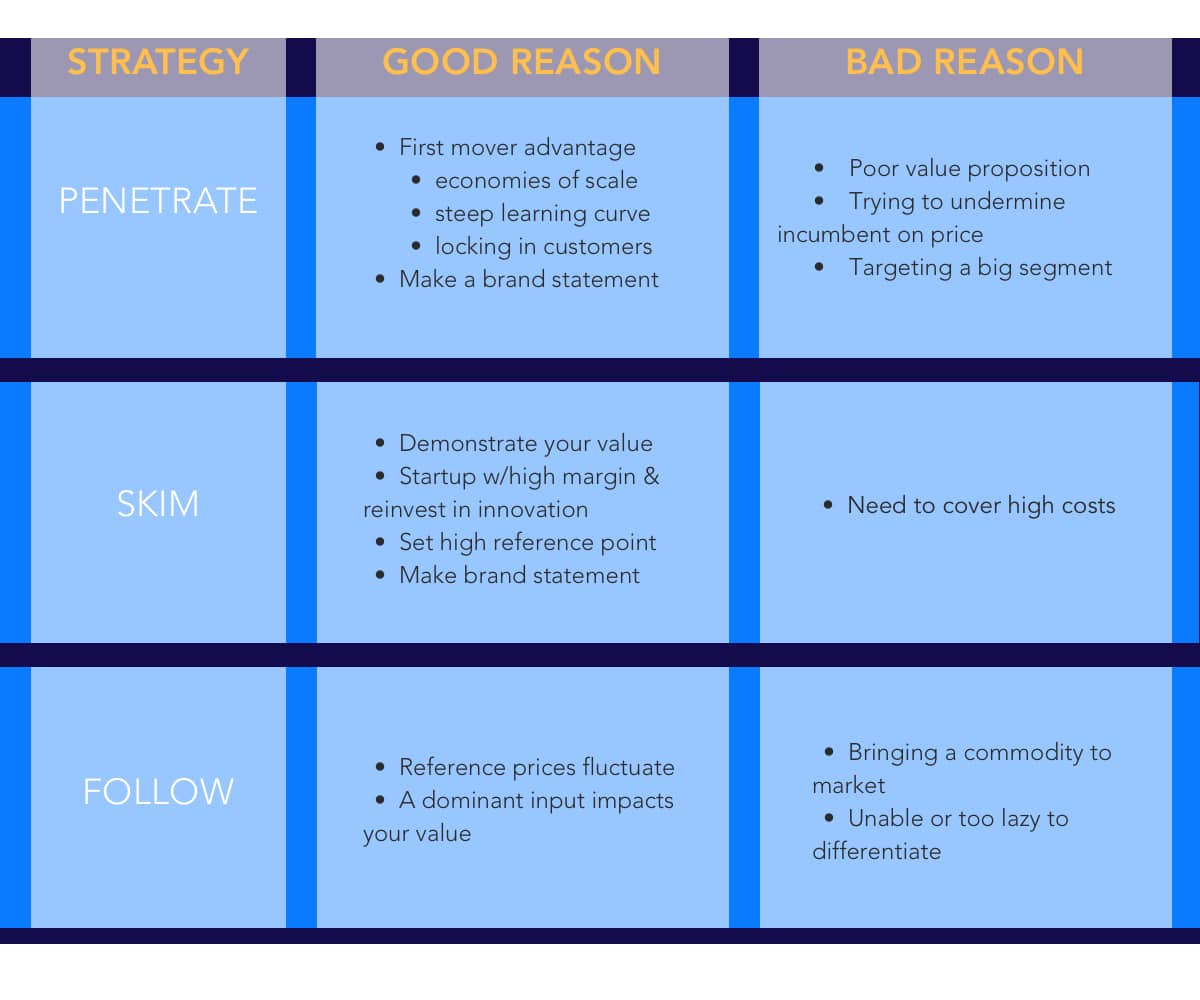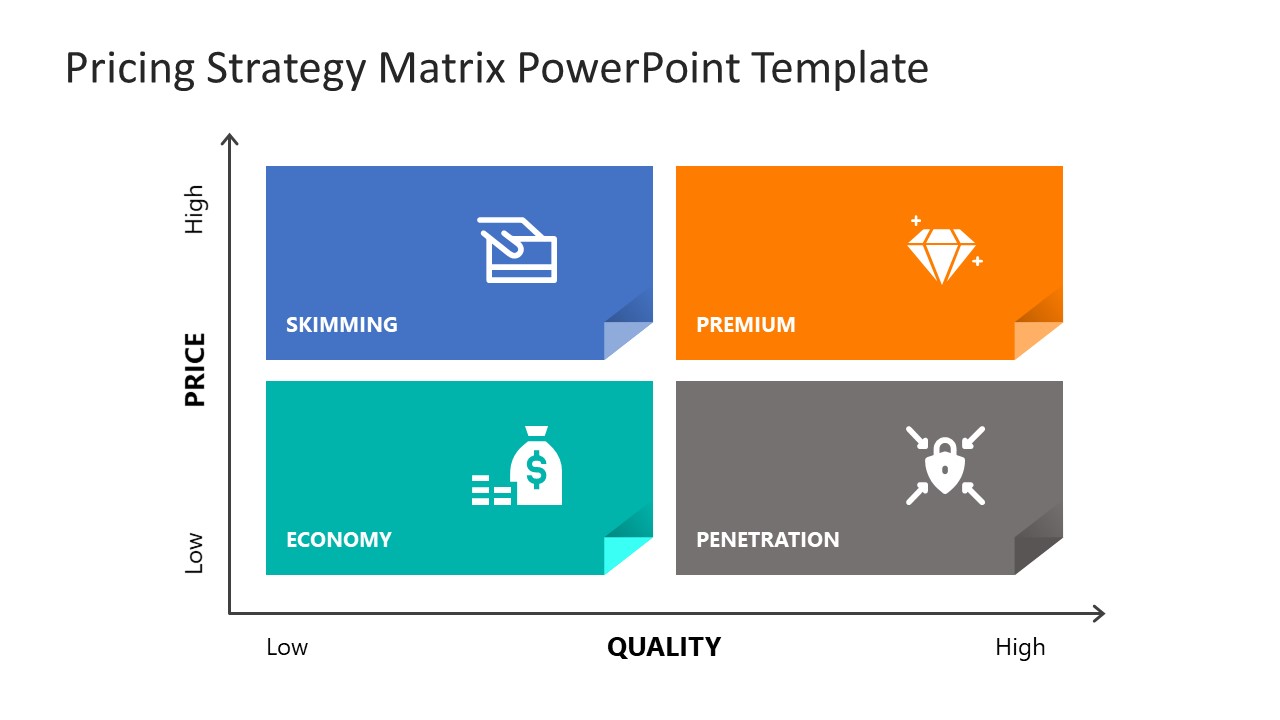Exactly how to Evaluate and Optimize Your Pricing Strategy for Better Outcomes
Exactly how to Evaluate and Optimize Your Pricing Strategy for Better Outcomes
Blog Article
Comprehending Rates Methods: An Overview to Boosting Competitiveness
In a progressively competitive landscape, mastering rates strategies is necessary for services intending to enhance their market setting. Recognizing rival pricing and the emotional elements that impact consumer actions can produce a nuanced approach to prices that reverberates with target audiences.
Relevance of Rates Strategies
In the competitive landscape of service, the value of prices strategies can not be overstated. Prices acts as an important lever for businesses, influencing both market positioning and customer perception. A well-defined rates strategy can enhance profitability, drive sales, and establish an one-upmanship.

Recognizing consumer actions is necessary in crafting rates approaches. Insights into rate sensitivity, perceived value, and competitive offerings allow companies to adjust their pricing models as necessary. Additionally, normal assessment of rates effectiveness is essential to react to market dynamics and consumer trends.
Inevitably, a robust prices approach is essential not just for profits generation however also for long-lasting company viability. It shapes brand identity, affects consumer loyalty, and plays a crucial role in the general marketing technique. Businesses have to spend time and resources in developing and fine-tuning their prices approaches to thrive in an ever-evolving market.
Types of Rates Models
How operate establish the most effective means to price their services or items? The answer lies in understanding various pricing versions, each matched to various market conditions and company goals.
One prevalent model is cost-plus pricing, where a set portion is included to the total cost of manufacturing. This method makes sure that all costs are covered while generating an earnings. On the other hand, value-based prices focuses on the viewed value of the product to the client, allowing companies to bill a premium based on consumer demand and contentment.
Another approach is dynamic prices, generally made use of in sectors such as traveling and friendliness. This model readjusts prices in real-time based on market need, competitor pricing, and various other outside variables. Penetration rates is additionally significant, where organizations initially established reduced prices to go into a competitive market and gain market share, later on boosting prices once a consumer base is developed.
Lastly, skimming pricing entails establishing high first costs for new or ingenious items, profiting from very early adopters prior to lowering prices gradually. Understanding click here now these versions allows companies to tactically position themselves in the marketplace, straightening their prices strategies with their overarching goals.

Analyzing Competitor Prices
Understanding competitor prices is an essential element of developing a reliable prices strategy. Organizations must conduct detailed analyses of their competitors' prices structures to determine market positioning, examine possible hazards, and discover possibilities for distinction. This requires gathering data on rivals' rates, advertising techniques, and any kind of discount rates or rewards they use.
Evaluate their prices models, consisting of any tiered pricing systems, registration costs, or mass discount rates - Pricing Strategy. Recognizing the reasoning behind these prices strategies can provide understandings into customer actions and preferences.
Take into consideration the ramifications of competitor rates on your worth proposal. If rivals offer comparable items at reduced prices, you might need to stress one-of-a-kind marketing points or improve consumer solution to validate your pricing.
Ultimately, analyzing competitor prices not only educates pop over to this site rates choices but additionally helps businesses stay competitive in a regularly evolving market landscape.
Emotional Pricing Methods
Mental rates techniques leverage consumer psychology to affect investing in choices and improve the regarded worth of items. One common approach is appeal rates, where prices are established just below a rounded number, such as $9.99 instead of $10.00.
Another effective method is status pricing, where greater rates are related to greater high quality. This method interest customers' wish for condition and exclusivity, placing products as exceptional offerings. Furthermore, bundling products together at a reduced rate can create a sense of worth, triggering customers to acquire greater than they originally planned.
Scarcity pricing, which highlights restricted availability or time-sensitive deals, can likewise set off urgency, pushing customers to act swiftly. By recognizing and using these emotional prices techniques, organizations can properly form consumer assumptions, drive sales, and ultimately enhance competition in the marketplace.
Implementing and Adjusting Strategies

As soon as data is gathered, companies need to evaluate their prices designs against current market conditions. This might involve taking on vibrant rates techniques that enable real-time changes based upon supply and demand variations. Services ought to likewise take into consideration segmenting their market to tailor prices for various customer teams, boosting regarded worth and driving sales.
Frequently examining pricing approaches is necessary. This can be accomplished via A/B screening or client comments, which gives insights right into the performance of present pricing. In addition, services should remain flexible to adapt to unanticipated modifications, such as economic slumps or emerging competitors.
Conclusion
To conclude, reliable prices approaches work as a critical part for organizations intending to improve competitiveness in a changing market. By leveraging various rates models, examining rival prices, and using emotional methods, business can better position themselves and interact worth to customers. Consistently changing these approaches in feedback to market characteristics and consumer behavior is crucial for making certain long-term sustainability and earnings, eventually cultivating and driving sales client commitment.
In an increasingly competitive landscape, grasping rates strategies is essential for businesses intending to boost their market placement. Understanding competitor pricing and the psychological facets that affect consumer actions can produce a nuanced technique to rates that reverberates with target audiences.Recognizing rival prices is an important aspect of creating a reliable prices method. Examine their rates designs, consisting of any kind of tiered rates systems, subscription costs, or bulk discount rates. By leveraging different pricing designs, evaluating competitor prices, and employing mental strategies, business can better position themselves and interact value to consumers.
Report this page